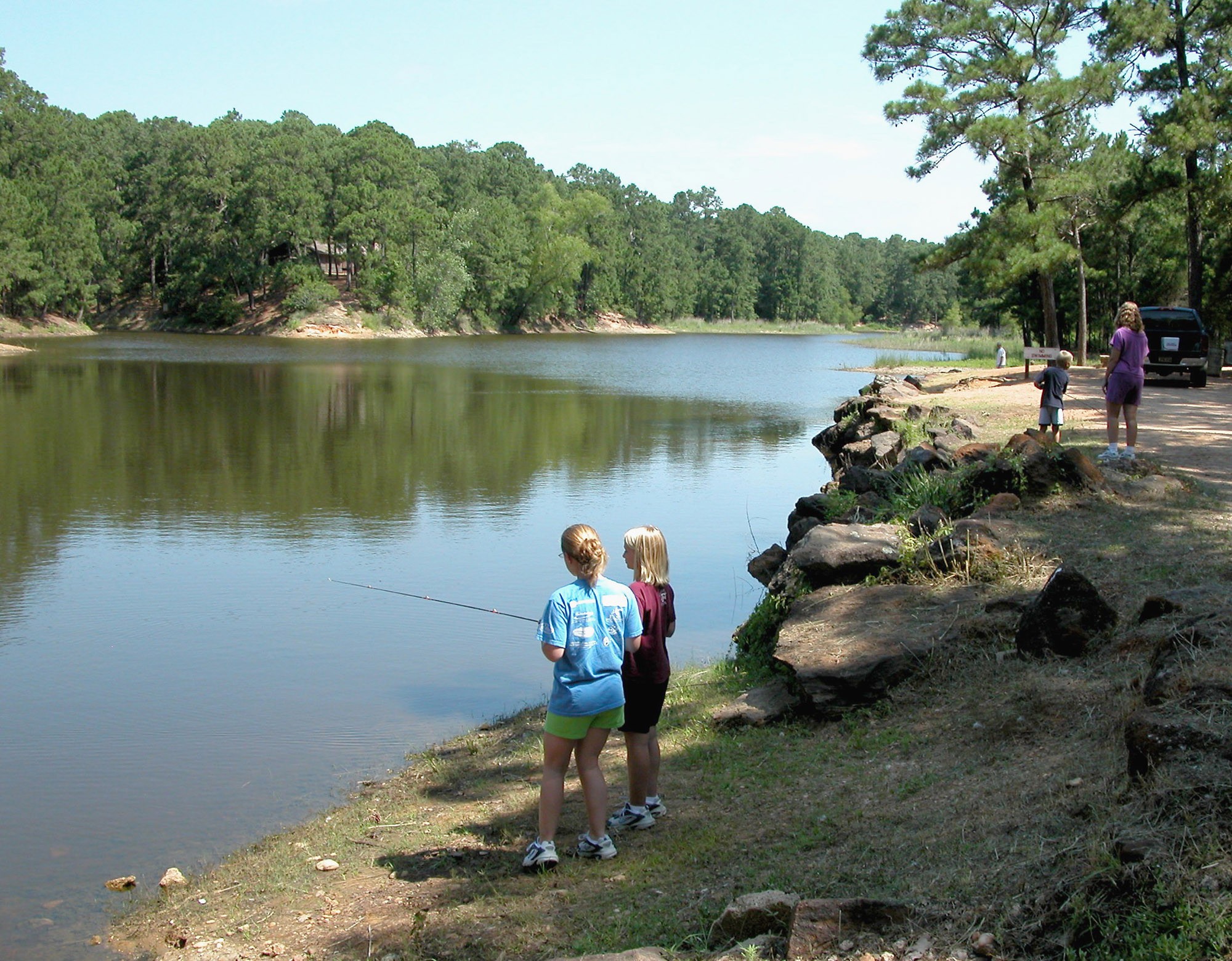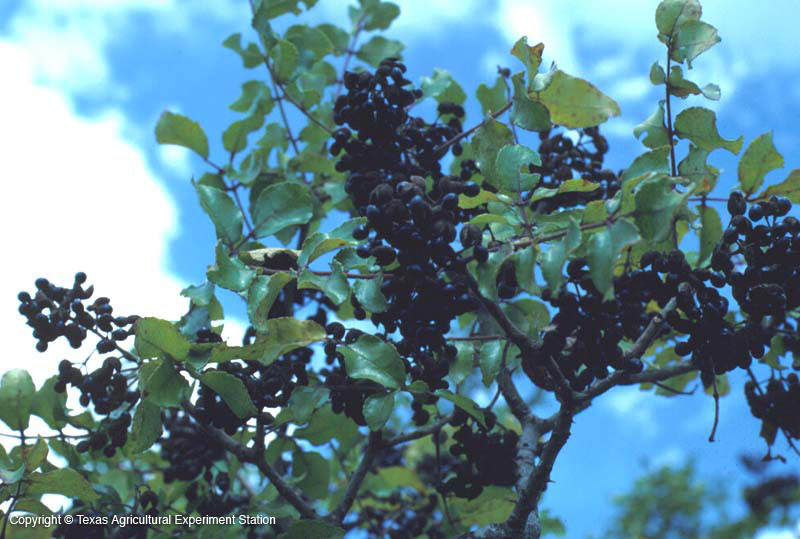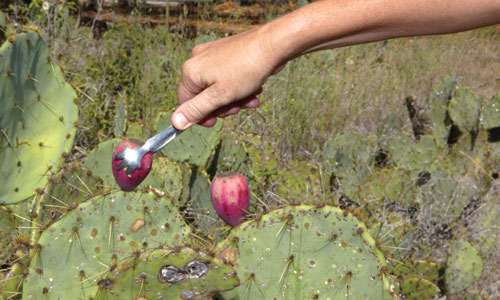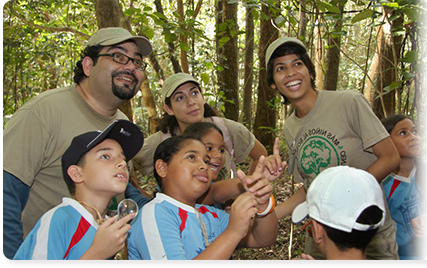Outdoor Education: Texas River School
Tuesday, July 30th, 2013This is Passport to Texas
About twenty years ago, Joe Kendall and some of his friends decided to help protect Texas Rivers by getting people involved in their care.
05 –We started doing cleanups, and started the foundation with the idea of having an adoption program.
Kendall is the founder and executive director of the Austin Chautauqua Foundation.
13 – We did festivals and Chautauquas—which is to combine entertainment and education and races. We ended up doing a program with some fifth graders, and we discovered that was probably the most rewarding thing for us; and we thought, also, for the rivers.
Rewarding for the rivers because the more people who know and love rivers, the more people there will be to protect them in the future. The Texas River School, borne of Kendall and company’s original idea, gets a diverse group of kids on the water.
23 – Fortunately, we have Texas Parks and Wildlife to thank for that. They have provided us with a grant every other year to take kids to the river that wouldn’t normally get a chance to go. They identify them as their non-traditional constituents…people that don’t use the parks. And they see that’s the minorities, economically disadvantaged, females and at-risk kids. So, we target all those areas and have taken over four thousand through our discover the source program.
The source, in this case, is the spring that feeds Barton Creek in Austin. We’ll tell you more about River School activities tomorrow.
That’s our show… For Texas Parks and Wildlife…I’m Cecilia Nasti.







 Passport to Texas is a
Passport to Texas is a  Passport to Texas is made available by:
Passport to Texas is made available by: